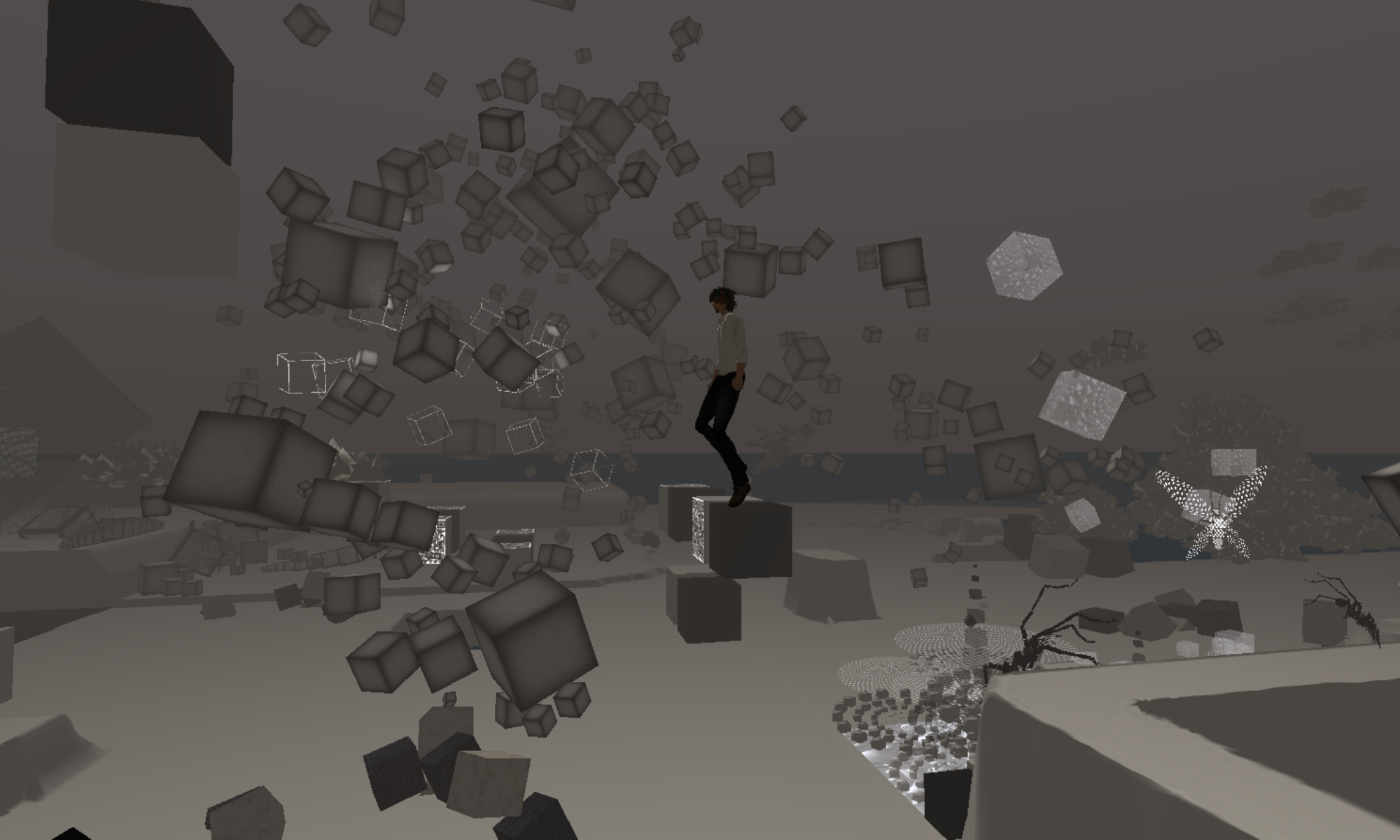 I had an interesting little email chat with an SL content creator the other day on how to make tall avatars for Na’vi, the indigenous people in the movie Avatar. They are described as being around 3 meters tall. When you accommodate SL’s height inflation (due to an unusually tall set of defaults), I’d want something in the range of 11-14 SL feet. This is well outside the range available using appearance sliders. Worse yet, the usual techniques for making Macros (giant avatars) requires using prims to hide the avatar distortions caused by the animations needed.
I had an interesting little email chat with an SL content creator the other day on how to make tall avatars for Na’vi, the indigenous people in the movie Avatar. They are described as being around 3 meters tall. When you accommodate SL’s height inflation (due to an unusually tall set of defaults), I’d want something in the range of 11-14 SL feet. This is well outside the range available using appearance sliders. Worse yet, the usual techniques for making Macros (giant avatars) requires using prims to hide the avatar distortions caused by the animations needed.
So, the discussion started as a ping about my pjira entry VWR-6467 “Proposal: add avatar ‘scale’ parameter to allow resize of avatar mesh without altering relative proportions.” It turns out that the highest level my proposed slider is pretty much a perfect match for Na’vi – a maximum scaled up default avatar would be around 14′ tall.
Unfortunately I don’t think this is plausible to do without VWR-6467 (or maybe a variation of the related VWR-11397), but it occurred to me that a non-technical solution for role playing purposes would be to require that human players be smaller than average.
Anyway, it got me thinking what else would be needed to make good Na’vi. Here’s my short list:
- glow and full-lit areas on skin layers – Na’vi are luminescent.
- additional facial layer (VWR-1449 )- Na’vi like to wear paint – a separate skin is overly pricy when all you want is facial paint (luminescent, of course!)
- flexi sculpts (VWR-9203) – tails, queues are doable but awkward without. Beaded hair would be really nice with this!
- some sort of worn prim synchronization – it would be nice if your queue could “plug into” other prims and still look natural.
- what else?


I’d like to see more range in the facial feature sliders, particularly eyes, nose, and ears. If the ears could be completely flattened on the head, skin makers could just paint the ear area as regular skin, allowing prim ears to be positioned more accurately. (The prim ears currently have to be positioned a bit too low, in order to cover the system ears.)